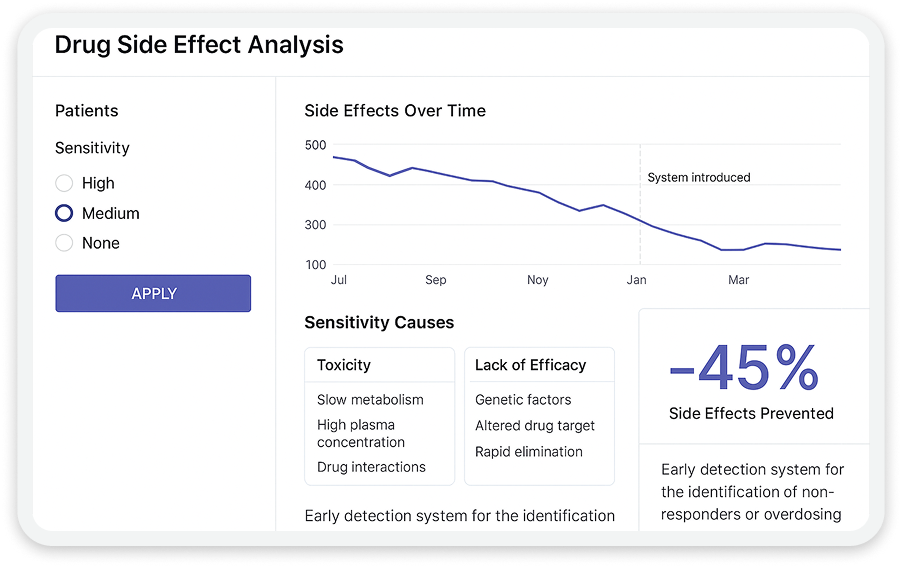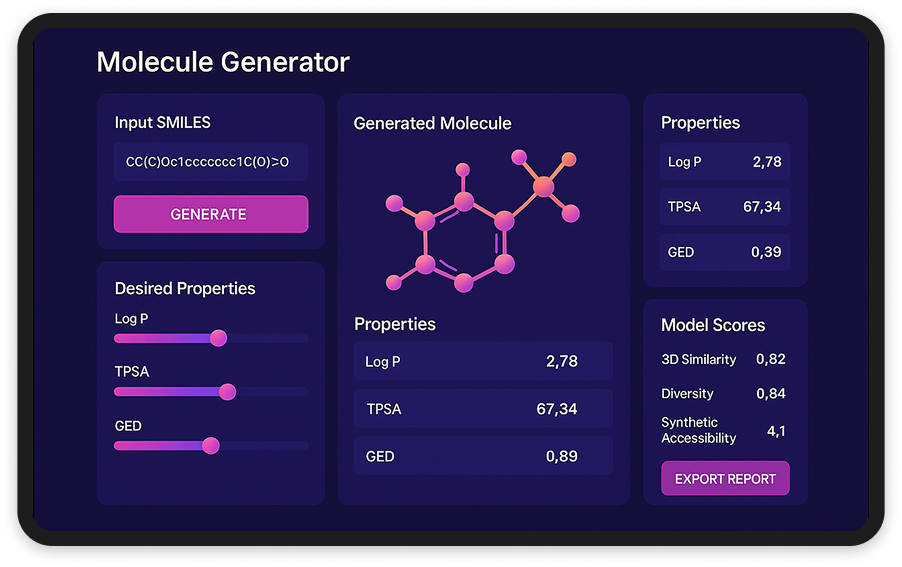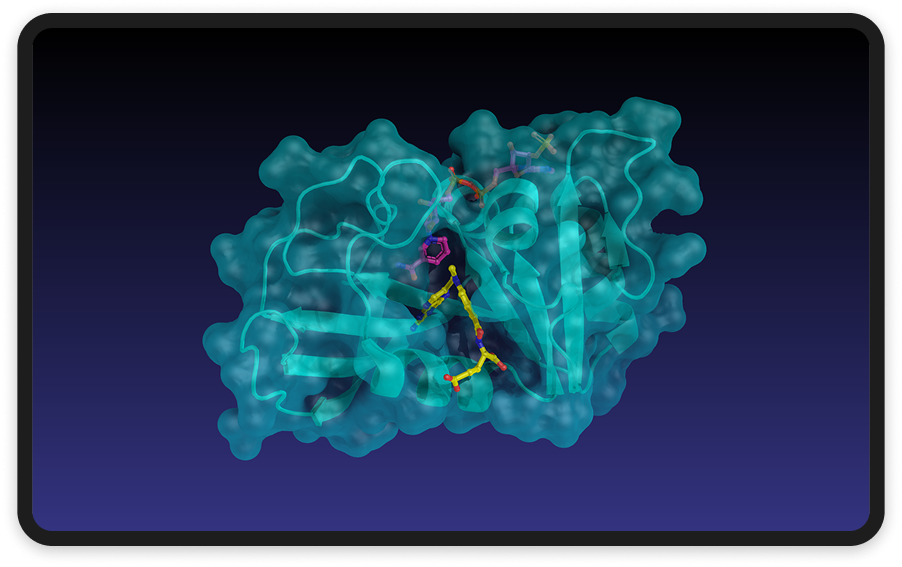This study explores the association between leukocyte telomere length (LTL) and glucose metabolism, focusing on fasting plasma glucose (FPG) and post-load plasma glucose (2hPG) levels. The authors examined 82 rural Ukrainian individuals aged 45 and older who had not been diagnosed with type 2 diabetes (T2D). Using the oral glucose tolerance test (OGTT) and anthropometric measurements, the study found that LTL is inversely associated with 2hPG levels but not with FPG levels. This suggests that post-load glucose levels may have a more significant impact on telomere attrition, which is an indicator of cellular aging, than fasting glucose levels. The study also revealed that waist circumference and systolic blood pressure were negatively correlated with LTL in men. The findings suggest that 2hPG levels, which reflect insulin resistance in muscle and adipose tissue, might contribute to telomere shortening, a potential marker for metabolic dysfunction.
Takeaways:
- Leukocyte telomere length (LTL) is inversely associated with 2-hour post-load plasma glucose (2hPG) levels, indicating that higher post-load glucose levels are linked to shorter telomeres.
- No significant correlation was found between LTL and fasting plasma glucose (FPG) levels, suggesting that FPG may not be a key driver of telomere shortening.
- Increased 2hPG levels raise the likelihood of having shorter telomeres, with an odds ratio of 1.52 (P = 0.03), suggesting that elevated post-load glucose levels could contribute to cellular aging.
- Waist circumference and systolic blood pressure were negatively correlated with LTL in men, implying that obesity and hypertension may also be factors in telomere attrition.
- No significant differences were found in LTL across glycemic categories (normal glucose tolerance, impaired fasting glucose/impaired glucose tolerance, and diabetes mellitus), but 2hPG levels still showed a significant relationship with LTL across all categories.
- After adjusting for age, gender, waist circumference, systolic blood pressure, and fasting plasma glucose, the correlation between 2hPG and LTL remained significant, supporting the robustness of the findings.
- The findings help clarify the heterogeneity of type 2 diabetes, with 2hPG levels reflecting muscle and adipose tissue insulin resistance being more related to telomere shortening than FPG, which reflects liver resistance.
- Changes in LTL could be a potential marker for metabolic dysfunction, especially related to post-load glucose metabolism, offering insights into the pathogenesis of type 2 diabetes.
- Further research is needed to better understand the mechanisms behind telomere shortening in different metabolic conditions and its implications for diabetes and overall health.





